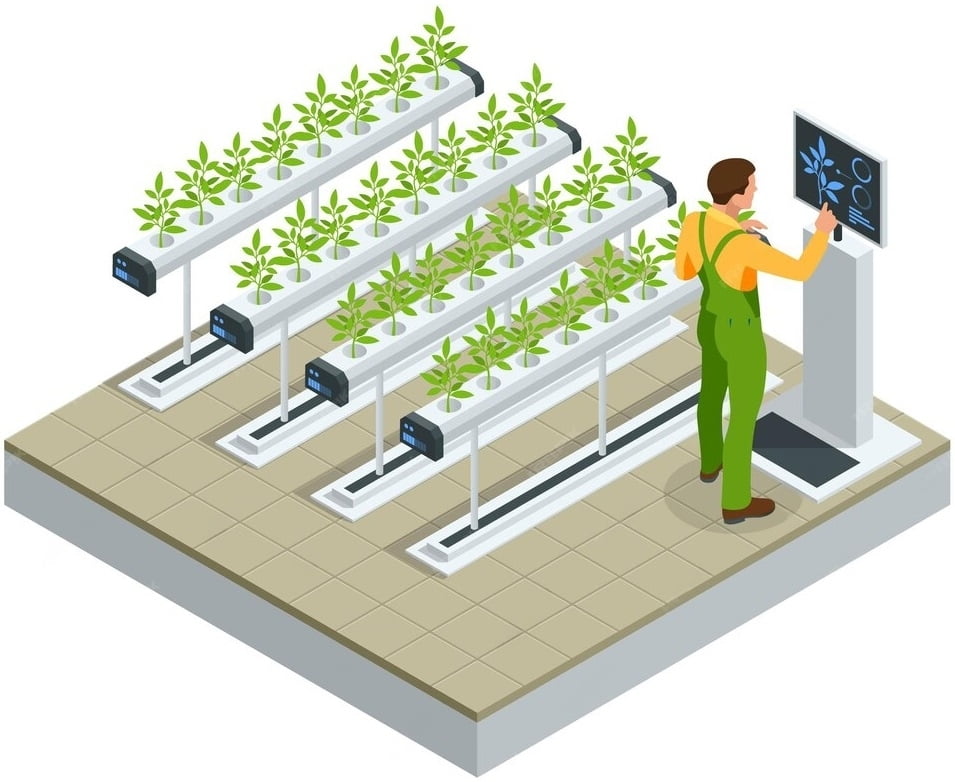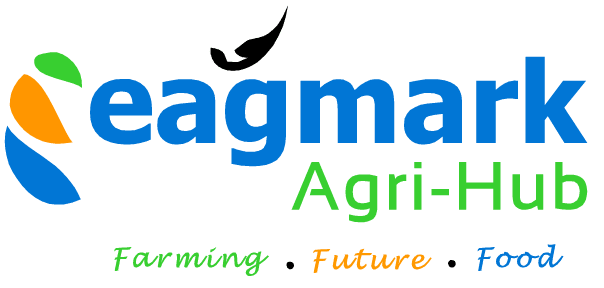
As the global population surges towards 9.6 billion by 2050, the imperative to boost food production by 60% looms large. In this quest for sustainable solutions, the field of hydroponic agriculture has emerged as a promising candidate. Hydroponics, or plant cultivation without soil, provides water efficiency and reduced fertilizer usage compared to traditional soil-based methods.
Recent breakthroughs in the agriculture industry have introduced a revolutionary technology – the eSoil. A low-power bioelectronic growth scaffold, the eSoil stimulates plant growth through electrical stimulation of the root system in hydroponic settings. This innovative solution could potentially transform the agricultural landscape, particularly in regions facing challenges such as minimal arable land or harsh environmental conditions.
The eSoil’s active material, an organic mixed ionic electronic conductor, combined with its structural backbone of cellulose, the most abundant biopolymer, presents a cutting-edge approach to hydroponic cultivation. A notable feature of the eSoil is its ability to house barley seedlings, a staple used for fodder, within its porous matrix. Remarkably, a study by researchers from Linköping University showed that by polarizing the eSoil, seedling growth accelerates, resulting in an average 50% increase in dry weight after just 15 days of growth.
This remarkable growth enhancement extends to both root and shoot development, offering a potential game-changer in the quest for increased crop yields. Notably, the stimulated plants exhibit enhanced efficiency in reducing and assimilating Nitrate (NO3−), a key finding that may hold the key to minimizing fertilizer use and, consequently, reducing environmental impact.
READ: How to Advance Africa’s Agriculture Sector with Climate-Smart Policies and Investments
However, the journey of eSoil from laboratory success to widespread agricultural implementation is not without challenges. While the technology displays promise for fodder production, further studies are essential to elucidate its impact on the complete growth cycle of plants. The mechanism behind the eSoil’s influence on nitrogen assimilation requires deeper exploration, yet the potential for a significant reduction in fertilizer dependency offers a glimpse into a more sustainable future.
The eSoil’s unique properties, including its low-power consumption in the micro-watt range, make it a beacon of hope for large-scale adoption in closed environment agriculture. The ability to power the eSoil with photovoltaics adds an eco-friendly dimension to its feasibility, aligning with the growing focus on sustainable farming practices.



